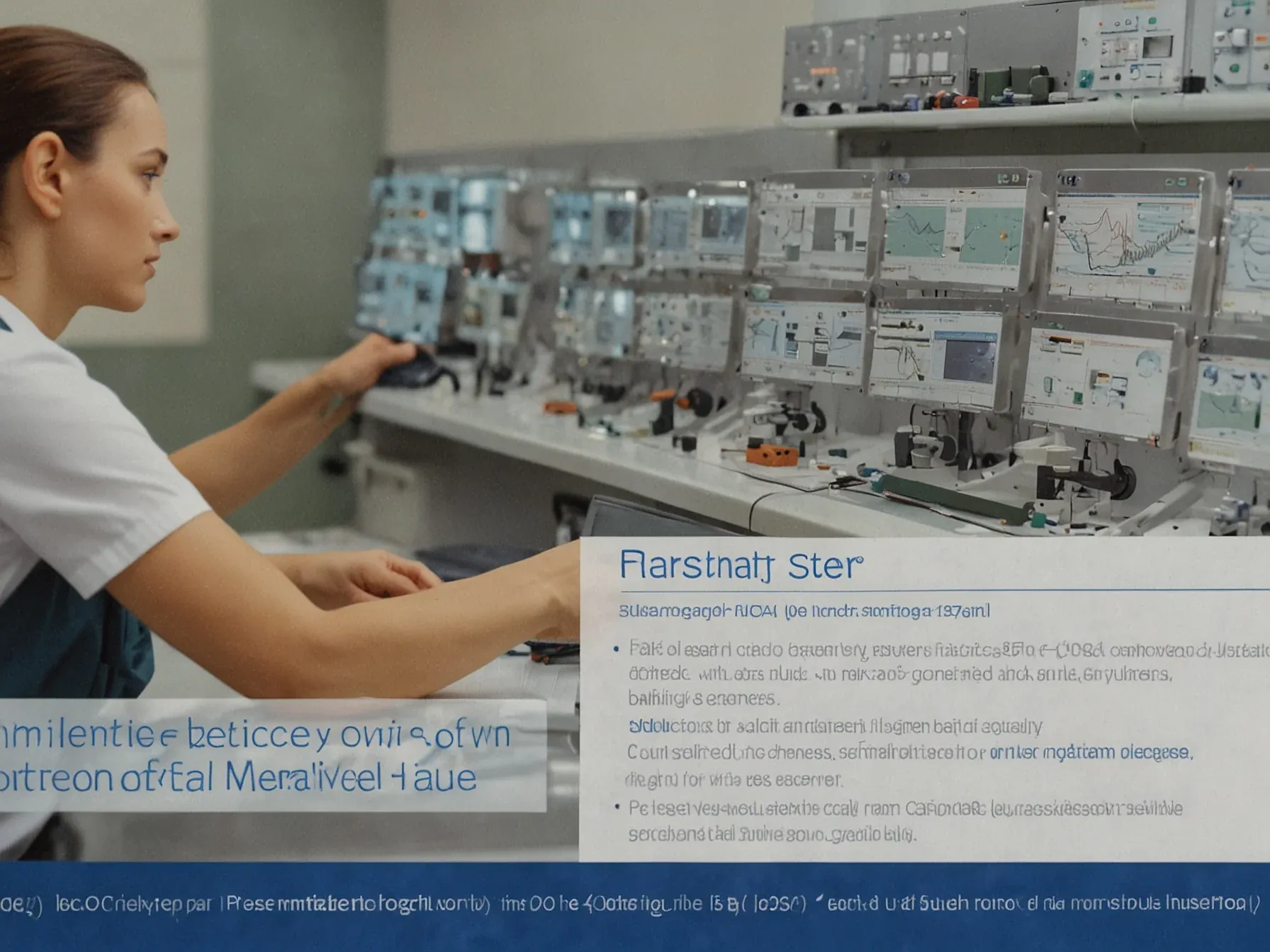
Meta's Omnilingual ASR hits sub‑10% error on 78% of 1,600 languages
Meta’s latest foray into speech AI aims at a problem most systems sidestep: recognizing spoken words in every language humans actually use. The company unveiled Omnilingual, an automatic‑speech‑recognition model that was trained on audio from roughly 1,600 distinct tongues—a figure that dwarfs the dozens typically supported by commercial products. While the sheer breadth is striking, the real question is whether the model can deliver usable accuracy across that diversity, especially for languages that have only a handful of recorded hours.
Researchers note that many of today’s recognizers falter when data are scarce, relegating entire linguistic communities to the margins of voice‑enabled technology. Meta’s engineers claim to have tackled that gap by scaling both data collection and model capacity, but the proof will be in the numbers.
---
According to Meta, Omnilingual ASR delivers a character error rate below 10 for 78 percent of the 1,600 languages tested. For languages with at least ten hours of training audio, 95 percent hit this mark or better. Even for "low-resource" languages with less than ten hours of audio, 36 percent fall below the 10 character error rate threshold.
To support further research and real-world use, Meta has also released the Omnilingual ASR Corpus, a large dataset of transcribed speech in 350 underrepresented languages. This data, available under a Creative Commons (CC-BY) license, is meant to help developers and researchers build or adapt speech recognition models for specific local needs. Scaling to new languages with in-context learning A key feature of Omnilingual ASR is its "Bring Your Own Language" option, which uses in-context learning.
Meta’s Omnilingual ASR now claims coverage of more than 1,600 languages, a stark contrast to the few hundred languages traditionally supported by speech‑recognition tools. The system reports a character error rate below 10 % for 78 % of those languages, and for the subset with at least ten hours of training audio, 95 % meet or exceed that threshold. Yet, for low‑resource languages with under ten hours of audio, only 36 % achieve the same error rate, leaving a sizable portion without comparable accuracy.
Can this performance level be sustained across real‑world deployments? The answer is unclear, as the article doesn’t detail how the model handles dialectal variation, background noise, or user interaction. Moreover, the summary notes that 500 of the 1,600 supported languages … but the statement is incomplete, preventing a full assessment of coverage depth.
While the headline numbers suggest progress toward broader linguistic inclusion, the lack of detail on evaluation conditions and long‑term robustness invites cautious optimism rather than unqualified endorsement.
Further Reading
- Meta's Omnilingual ASR brings speech recognition to 1,600 languages - The Decoder
- Meta's Omnilingual ASR to Revolutionize Speech Recognition for 1,600+ Languages - Blockchain.News
- Meta Omnilingual ASR Launch Brings Automatic Speech Recognition to 1,600+ Languages, Unlocking Global AI Opportunities - Blockchain.News
Common Questions Answered
What character error rate does Meta's Omnilingual ASR achieve for the majority of the 1,600 languages it was tested on?
Meta reports that Omnilingual ASR attains a character error rate (CER) below 10 % for 78 % of the roughly 1,600 languages evaluated. This performance indicates usable accuracy across a vast linguistic spectrum compared with most commercial systems.
How does the amount of training audio affect Omnilingual ASR's error rate performance?
For languages that have at least ten hours of training audio, 95 % achieve a CER under 10 %, showing a strong correlation between data volume and accuracy. In contrast, languages with less than ten hours of audio see a much lower success rate.
What proportion of low‑resource languages (under ten hours of audio) meet the sub‑10 % character error rate threshold?
Only 36 % of the low‑resource languages—those with fewer than ten hours of training data—reach a CER below 10 %. This leaves a sizable majority of such languages still above the desired error rate.
What additional resource did Meta release alongside the Omnilingual ASR model to support research?
Meta also made publicly available the Omnilingual ASR Corpus, a large dataset of transcribed speech covering the same multilingual set. The corpus is intended to enable further academic study and real‑world applications of multilingual speech recognition.